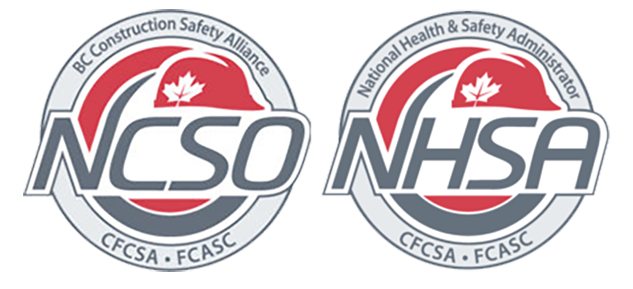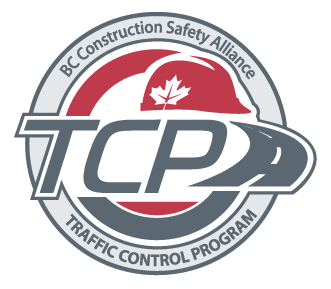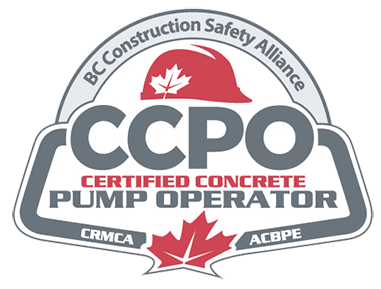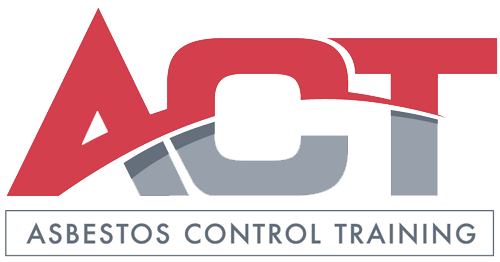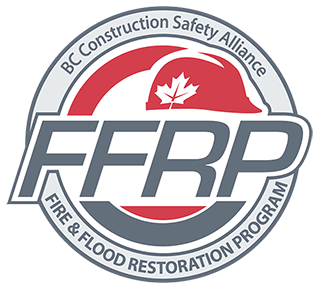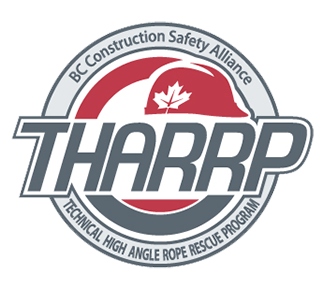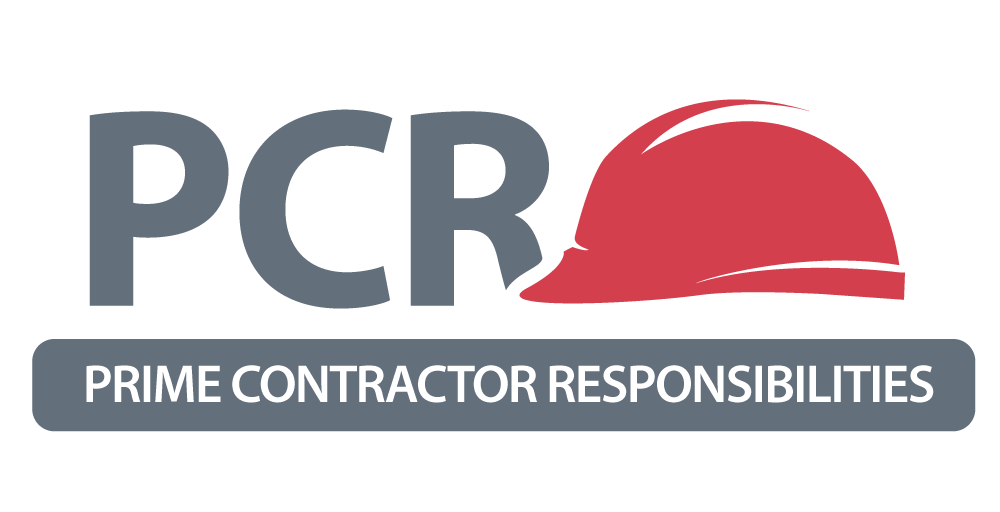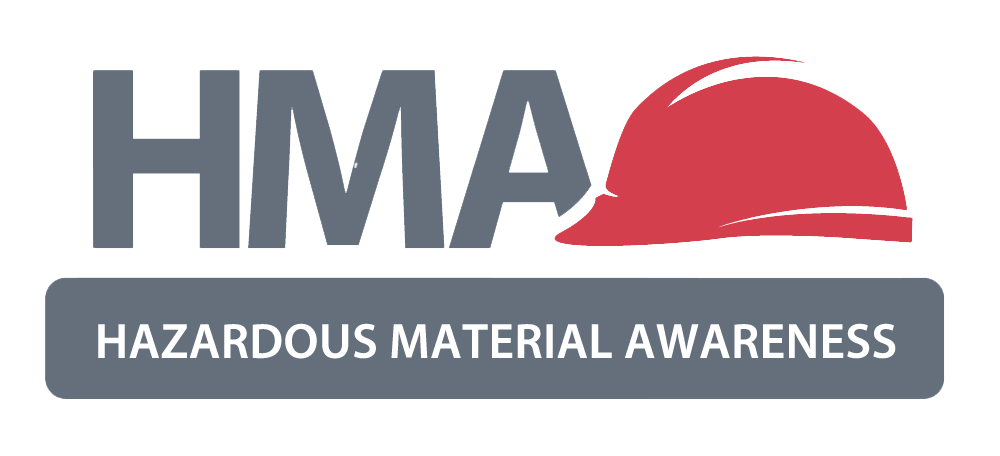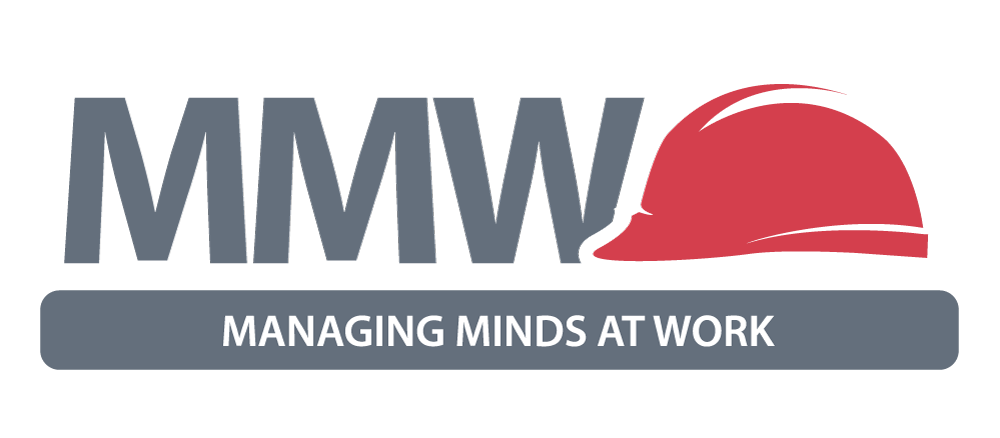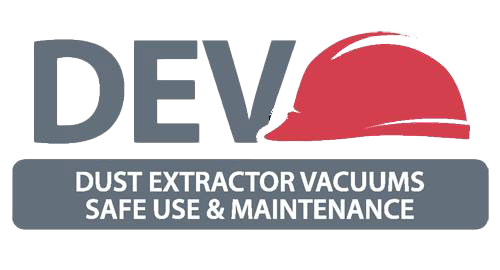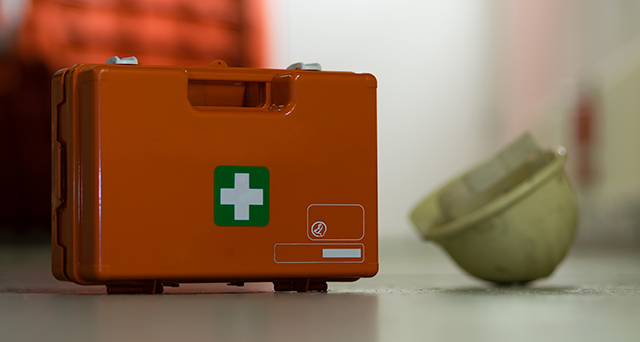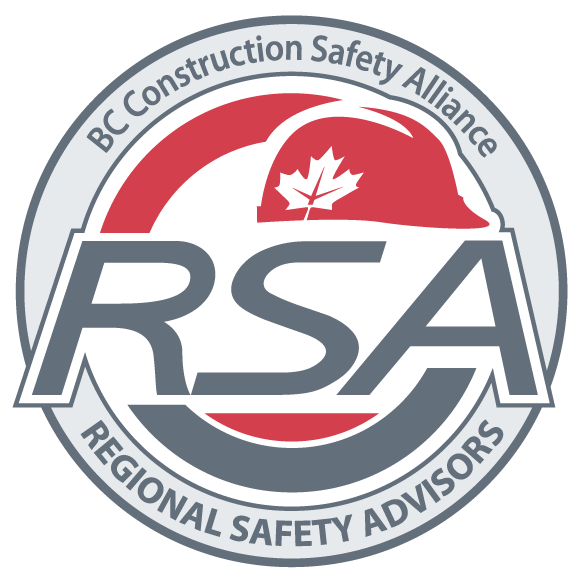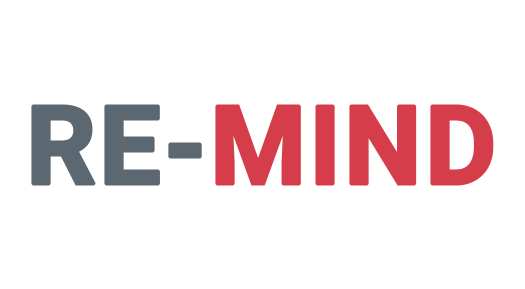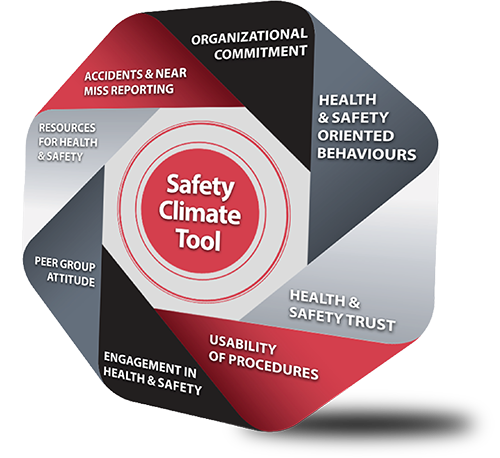Webinar Resources

Missed a Webinar Series presentation or want to re-watch? Please find recorded past sessions below.
| Title | Type | |
|---|---|---|
|
Video Link Passcode: 5Ds6=XO=
Welding processes generate hazardous gases and fumes. Welders and surrounding workers can inhale these gases and fumes if they are not properly protected. This exposure can lead to serious health effects including cancer, sensitization, and reproductive effects. WorkSafeBC and the BCCSA have each developed new guidance material for managing exposure to welding fumes and gases. The speakers will discuss the new welding guidance materials and best practices for managing exposure risks associated with welding.
Topics for this session include:
|
Link | |
|
Video Link Passcode: SZN9QK&& Are you a property adjuster, independent adjuster, property manager in the insurance industry, or do you work in fire and flood restoration? Do you know and understand your responsibilities for health & safety? |
Link | |
|
With spring flowers comes summer safety planning. The BCCSA is hosting a webinar on heat stress and sun safety in the construction industry. Our expert speakers will discuss heat stress and solar radiation with a focus on:
|
Link | |
|
Video Link Passcode: d?j7zBKW ECPs are written documents describing a company’s plan for managing occupational health hazards. Under the Occupational Health and Safety Regulation (OHSR), ECPs are required when hazardous levels of exposure are possible at a jobsite. The speakers will discuss their experiences developing and reviewing ECPs. Topics for this session include:
|
Link | |
|
Isocyanates are hazardous chemicals found in parkade membranes and polyurethane spray foams. Working with these chemicals can lead to asthma attacks caused by exposure to even very low levels of isocyanates. This session combines the technical and scientific knowledge required to safely work with isocyanates with real-life experience of managing isocyanates on site. The presenters discuss the health effects of isocyanates, the WorkSafeBC requirements, and how to make sure that workers are effectively protected from exposure. They use a case-study of isocyanate control in a parkade to demonstrate some common mistakes made when dealing with isocyanates, and how to fix them. |
Link | |
|
This session provides attendees with a better understanding of health & safety requirements related to multi-employer workplaces in BC’s construction industry. The focus of this session is on the roles and responsibilities of owners, prime contractors, and employers for worker health and safety on construction sites. Understanding each other's responsibilities towards health and safety, and ensuring good communication helps to organize the coordination of the work activities in a way that keeps all workers safe and healthy. Topics for this session include:
|
Link | |
|
Welcome back for part 2 of understanding health & safety requirements related to multi-employer workplaces. The focus during this session will be a deeper dive into the principles of enforcement and due diligence and how it relates to the roles and responsibilities of the owners, prime contractors and employers on construction sites. Topics for this session include:
|
Link |
Toolbox Talks
Aliases: Tailgate Meetings Safety BriefingsToolbox Talks are informal safety meetings that focus on safety topics related to the specific job, such as workplace hazards and safe work practices. Meetings are normally short in duration and are generally conducted at the job site prior to the commencement of a job or work shift. It is one of the very effective methods to refresh workers' knowledge, cover last minute safety checks, and exchange information with the experienced workers.
Toolbox Talks are also intended to facilitate health and safety discussions on the job site and promote your organization’s safety culture. Toolbox talks/meetings are sometimes referred to as tailgate meetings or safety briefings.
More Info:
- See our Toolbox Talk Catalogue to download meeting tools and plans.
TRANSFER & CANCELLATION POLICY
Transfer/Cancellation
To transfer or cancel a registration, you must send a written confirmation to training@bccsa.ca If written notification is not received within the stated time frame, the full course fee will be charged.
- In Person: Contact the training department 7 full days in advance to cancel an in-person course.
- VILT (Zoom): Contact the training department 14 full days in advance to cancel a VILT course
The BCCSA and its venue partners reserve the right to cancel any courses due to insufficient enrollment or other causes. In this case, you will be notified by the BCCSA through phone call or email at least 5 business days prior to the course.
Website Login
Please sign in with your BCCSA account:
Reset Your Password
Please enter your e-mail address below. A password reset code will be e-mailed to you, which you'll use when creating a new password for your account.
AI Disclaimer
The BCCSA AI Assistant provides general guidance and information based on available data. It is not a substitute for professional, legal, or safety advice.
While we aim for accuracy, AI can make mistakes. Responses may not always reflect the latest information, rules & regulations, industry best practices, or site-specific conditions. Always verify critical information with official sources or a qualified expert before making decisions.
By using this AI assistant, you acknowledge that BCCSA is not responsible for any errors, omissions, or misinterpretations resulting from reliance on AI-generated responses.


